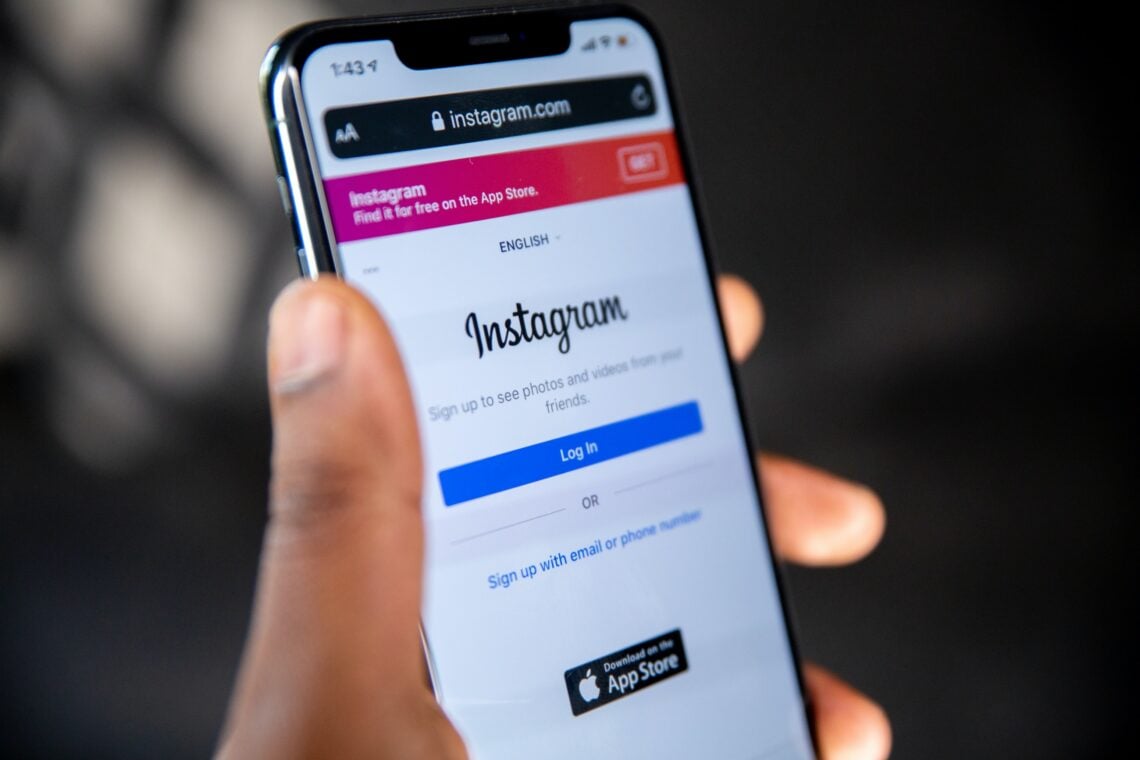The theory is actually quite simple: you achieve economic growth and the spread of your brand awareness by tailoring your product to the needs of your target group. If you find large parts of your target group in the Y and Z generations, your communication measures should be tailored to their needs. It is not without reason that among the younger generations the motto is “mobile first”. The interaction with your customer via Twitter, Instagram & Co is nowadays unimaginable without it. To be on eye level with your potential customer, it takes much more than just holding your product in the camera.
Instagram plays a very important communicative role here. The platform offers space for new inspirations, ideas and of course user-generated content. Putting the whole principle into practice, even the online banks of today, such as “Tomorrow”, “Monzo” or “N26”, are constantly faced with new and challenging barriers.

political issues
Especially the generations Y and X deal with thoughts that influence their “here and now”. The old world is behind them and they see their responsibility in creating the best possible future for their generations. For the “Fridays for Future” movement, environmental protection with sustainability is at the forefront. The “green” Neobank from Hamburg thinks the same way. The online bank “Tomorrow”, founded in 2018, focuses on political and social issues in addition to banking. Via the most popular social media channels Facebook, Twitter LinkedIn and not to forget Instagram.
With new posts almost daily and regular updates of their story highlights, they deal with topics such as fast fashion and political changes in war zones of the third world. In particular, Tomorrow’s view, negative developments in the financial sector are pilloried.
They give their followers a feeling of their own involvement and additionally use the possibility of influencer marketing. But how far can an online bank go here? The impact of influencers among followers is enormous, and Tomorrow knows how to use this to stand out against the big competition in the fintech industry.

One of these competitors is the smartphone bank “N26” – one of the most established providers of the current account in your pocket. One of their strengths is their numerous campaigns, which have long since extended beyond Berlin’s underground stations. With a young, appealing design they can not only offline on the street, but also online on their Instagram Feed with more and more increasing likes.
Through the most popular social media channels Facebook, Twitter, LinkedIn, Youtube and not to forget Instagram, N26 also manages to interact even closer with its customers.
With already over 100,000 followers on their Instagram channel, the community is growing worldwide day by day. You can follow the ever growing team not only on @n26but additionally on their second channel @peopleofn26. True to its slogan “Helping to achieve your financial goals”, the bank’s Instagram campaigns tell interesting stories of N26 users of different nationalities. Under the current hashtag #mybankmygoals different personalities tell their very individual experiences.
The online bank not only represents values such as diversity and equality internally. The content of the social media channels makes it clear that the Neobank is about much more than just managing your finances. They are a part of their customers’ everyday lifestyle and want to embody this on their channels, and they do so quite successfully. From supporting local cafés during the Corona crisis to the #BlackLivesMatter movement.
The British players
In contrast, the British neo-bank “Monzo”, founded in 2015, is taking a somewhat different direction. Together with Revolut, Monzo is the largest smartphone bank in the UK. Both pursue a more or less strong internationalisation strategy. In contrast to Tomorrow and N26, the social media platforms appear rather dry – is British humour perhaps coming through there?
With a high focus on the product itself, the online checking account, the neobank Monzo on Instagram seems less personal. While N26 and Tomorrow show the faces behind the scenes and also on the customer side, illustrating their content, Monzo chooses the more anonymous side. On Twitter, however, the company doesn’t mince matters and shows the Fintech world “more is more”. The high tweet activity shows everything from the best saving tips to talking ATMs. The tweets show success. With a lot of commitment of its users Monzo manages to make the exchange always interactive.

Are there commonalities among the most popular neobanks? Yes! Even if they’re hiding something. The social media appearances, the design of the content and the overall look & Feel of the three online banks may be very different and appealing in their own way. But two things that all three competitors have in common is the strategy of “transparency” and “tone of voice”.
Two things that are considered very important in today’s online world. Today’s generations fill their wardrobes and refrigerators with more and more thoughtfulness – and therefore want “politically correct” money accounts. They question the processes behind the scenes, strive for clarification and fair use. The neo-banks know how to use these aspects to their advantage. However, to become an active part of everyday life requires much more than a stylish looking card. Social networks offer optimal platforms to communicate these corporate values in the form of items, liks and shares and to spread them to millions of users worldwide.
This is where the “tone of voice” comes into play. How do I best communicate with my customers? This is especially essential in social media. In contrast to the very formal communication of traditional banks, N26, Tomorrow and Monzo address their customers at eye level – informally, entertaining and always with the right emoji at hand. This enables them to establish a more personal connection and thus build trust with their clients.
In addition, an active formulation of blog posts, Instagram Copies and Twitter answers helps to directly address people, which underlines the trust and responsibility aspect.
It is thus quite clear that the banks of tomorrow will not survive without social media. If you want to meet the ravages of time, you must always adapt to the needs of your customers. Authenticity, fairness and transparency paired with a personal touch have been implemented in an individual way at all three banks so far and will continue to determine which strategy will lead to great success in the future.

The author: Amanda Mosen
My name is Amanda Mosen, I am 21 years old and will start my 5th semester at the Macromedia University of Applied Sciences in Cologne in winter term 2020. there I have been studying Media and Communication Management since 2018 and will finish my studies with a B.A. in March 2022. due to some past internships, among others at mexxon consulting GmbH and N26, I have already gained some exciting insights into communication, especially in the FinTech industry. These experiences have awakened my special interest in the FinTech industry.

So I could imagine working with marketing strategies and internal and external communication of these companies in the future. Social media are of course a very important and influential factor in this context, which is why I found it very exciting to analyze the social media work of the three chosen neo-banks N26, Tomorrow and Monzo and to put it in a current context.
